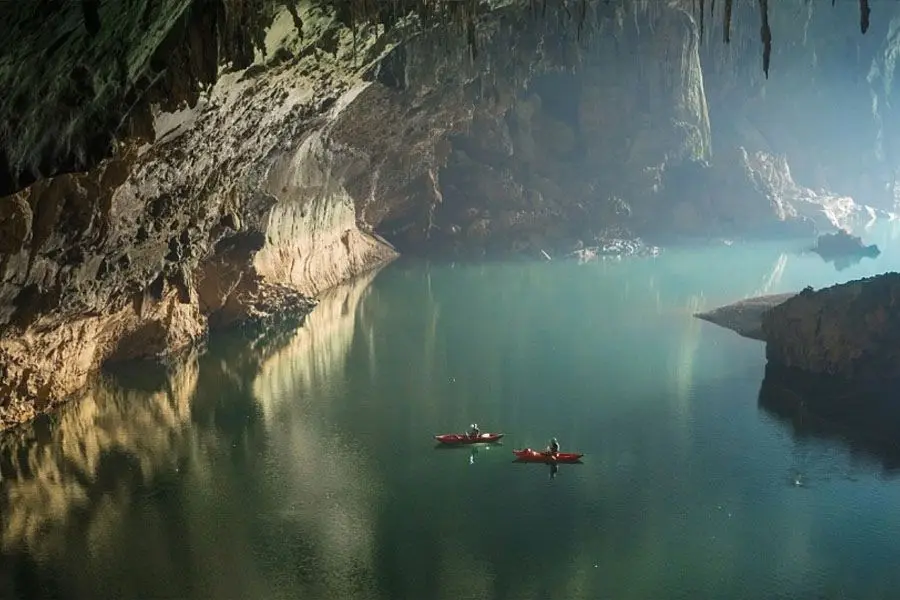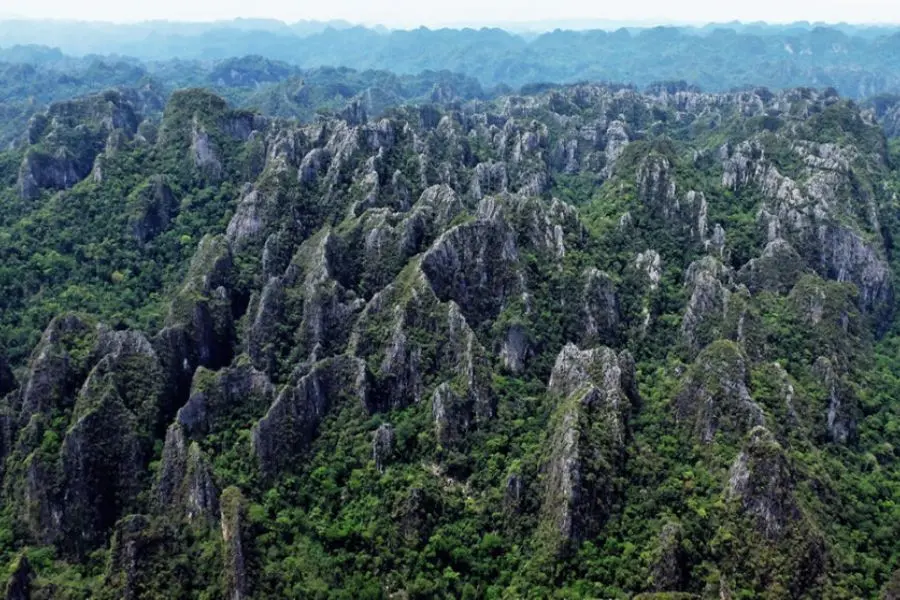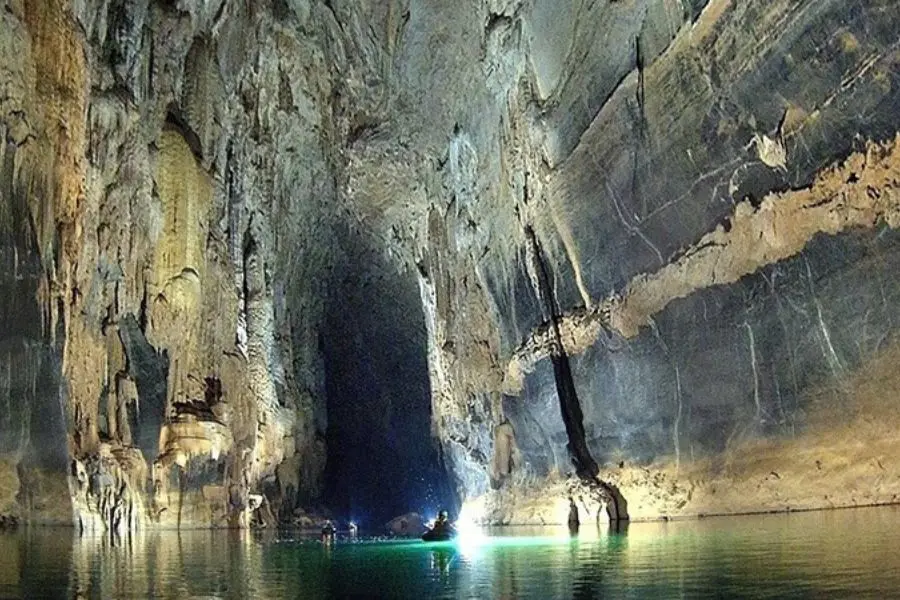In a major milestone for conservation and sustainable tourism in Southeast Asia, Hin Nam No National Park in central Laos has officially been designated as the country’s fourth UNESCO World Heritage Site, following an announcement made on July 14, 2025.
Located in Khammouane Province along the border with Vietnam, the park spans over 94,000 hectares and connects directly to Vietnam’s renowned Phong Nha–Ke Bang National Park, a UNESCO World Heritage Site since 2003. The joint inscription marks the first-ever transboundary natural heritage site in Southeast Asia, and a significant step forward in regional ecological cooperation.
A Natural Treasure on the Rise
Hin Nam No is considered one of the last intact limestone karst ecosystems in Indochina, featuring rugged terrain, vast underground cave systems, and diverse flora and fauna. The park is home to rare species such as the Sunda pangolin, red-shanked douc langur, and several endangered bat species that inhabit the karst caverns. Among its most spectacular natural features is the Xe Bang Fai River Cave, a subterranean river over 7 kilometers long, known for its cathedral-like chambers and vibrant stalactite formations.
UNESCO’s World Heritage Committee praised the site for its “exceptional biodiversity and unique geological value,” adding that the inscription reflects Laos’ growing commitment to conservation, environmental stewardship, and community-based tourism.
A Model for Sustainable Tourism
The designation follows over a decade of conservation planning, scientific research, and close collaboration between the Lao government, local communities, and international partners including the German development agency GIZ. The site had also achieved IUCN Green List candidacy – a global standard for effective and equitable protected area management – prior to its World Heritage nomination.
This recognition is expected to bolster eco-tourism in the region, offering travelers new opportunities to explore pristine jungle trails, visit remote ethnic minority villages, and embark on river cave expeditions – while also directly benefiting the local communities that co-manage the park.
Connecting to Vietnam
The transboundary nature of Hin Nam No’s inscription has also sparked renewed interest in cross-border itineraries between Laos and Vietnam. With its seamless link to Phong Nha–Ke Bang National Park, the combined heritage zone offers unparalleled adventure for nature lovers, cavers, and conservation-minded travelers.
For those planning extended trips in the region, multi-day packages that include central Vietnam and Laos’ Hin Nam No can provide a deeper dive into the ecological and cultural richness of both countries. If you’re considering a journey that explores these heritage wonders, visit our Vietnam Local Tour Company page for curated experiences designed by local experts.
A Growing Heritage Portfolio
Hin Nam No joins Luang Prabang, Vat Phou, and Plain of Jars on the list of Laos’ UNESCO-recognized sites. Unlike its predecessors, however, Hin Nam No is the first natural site, marking a new era for heritage and environmental tourism in the country.
As Laos continues to position itself as an emerging destination for sustainable and off-the-beaten-path travel, the inscription of Hin Nam No reaffirms its place on the world map – not only as a land of cultural depth but as a sanctuary for some of Southeast Asia’s most precious ecosystems.




